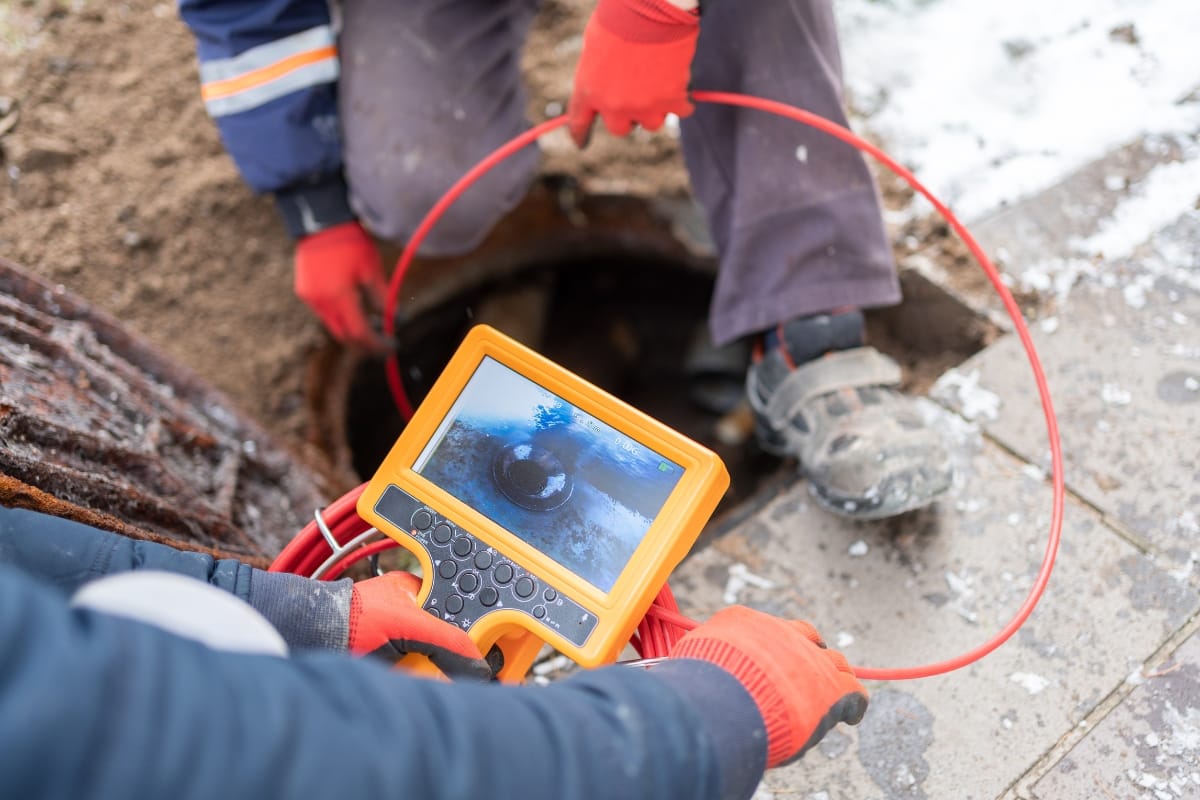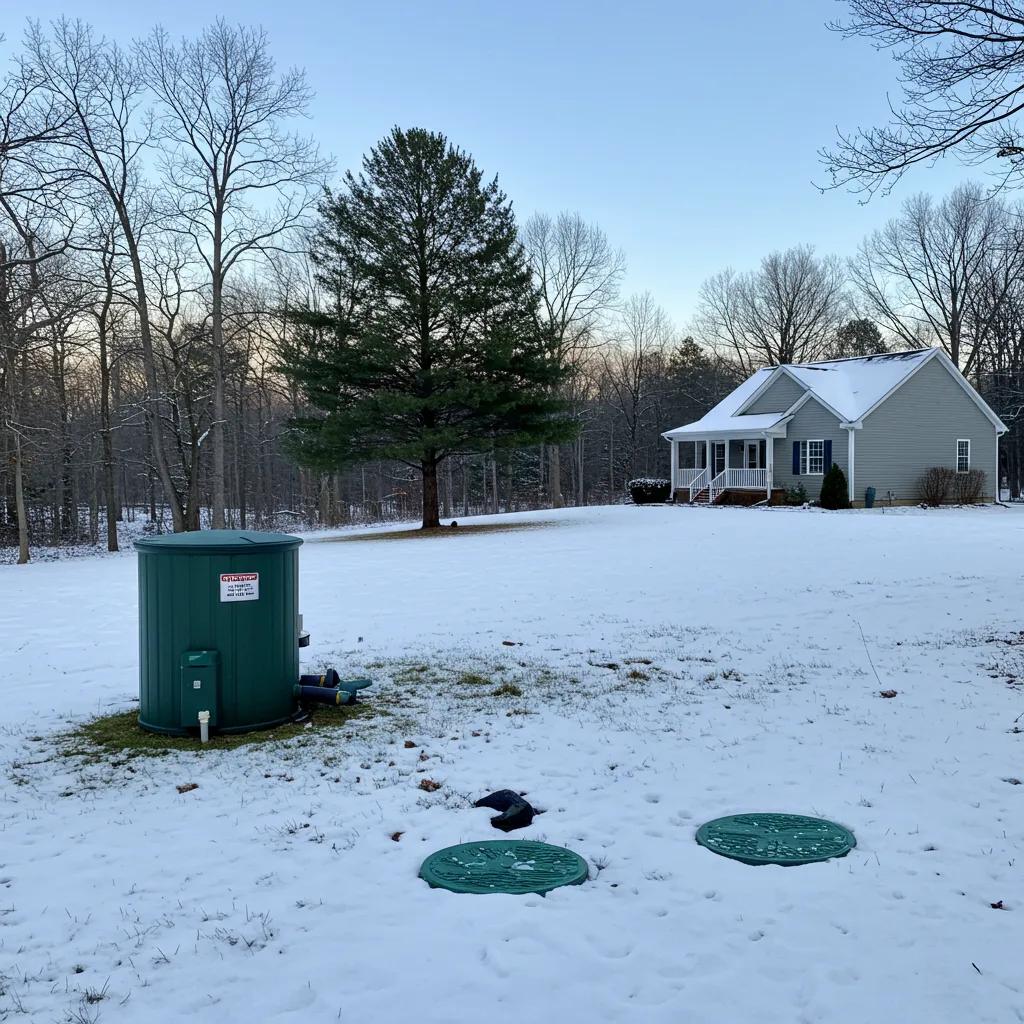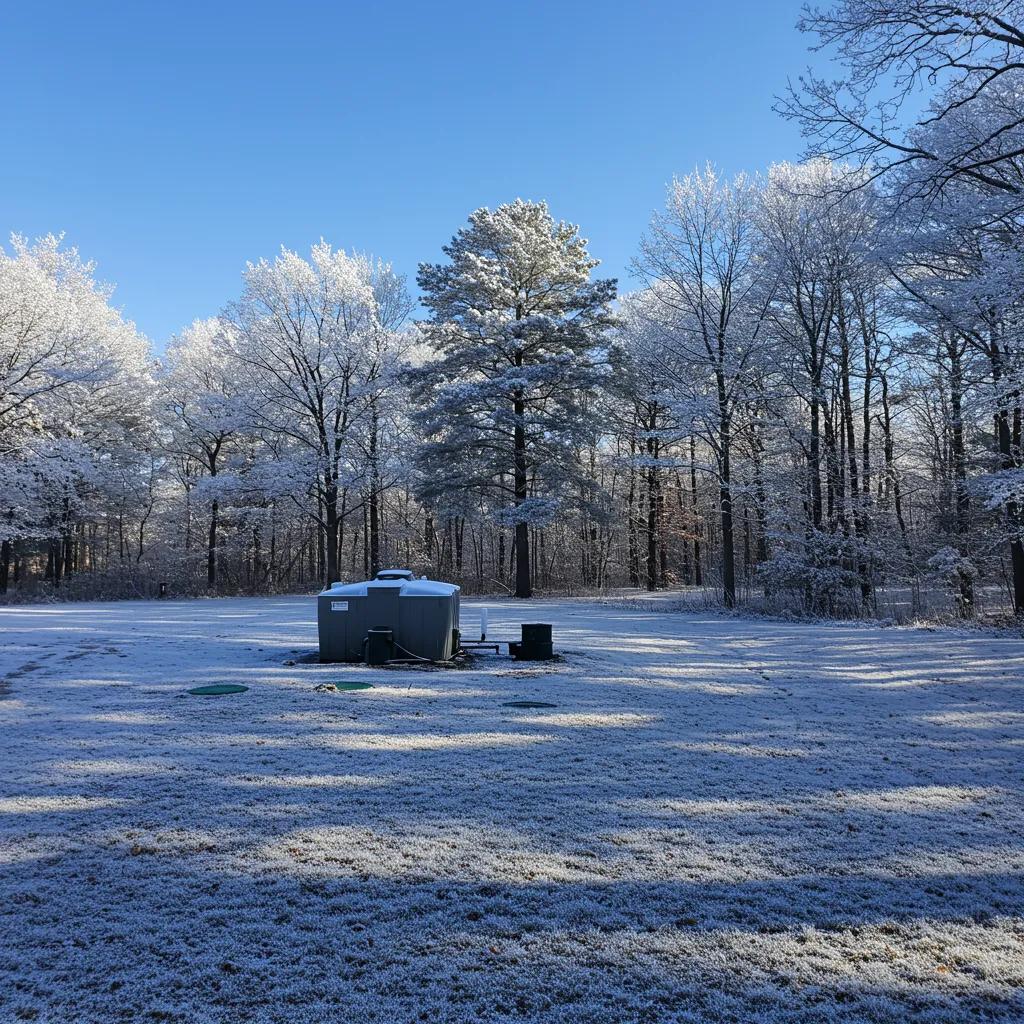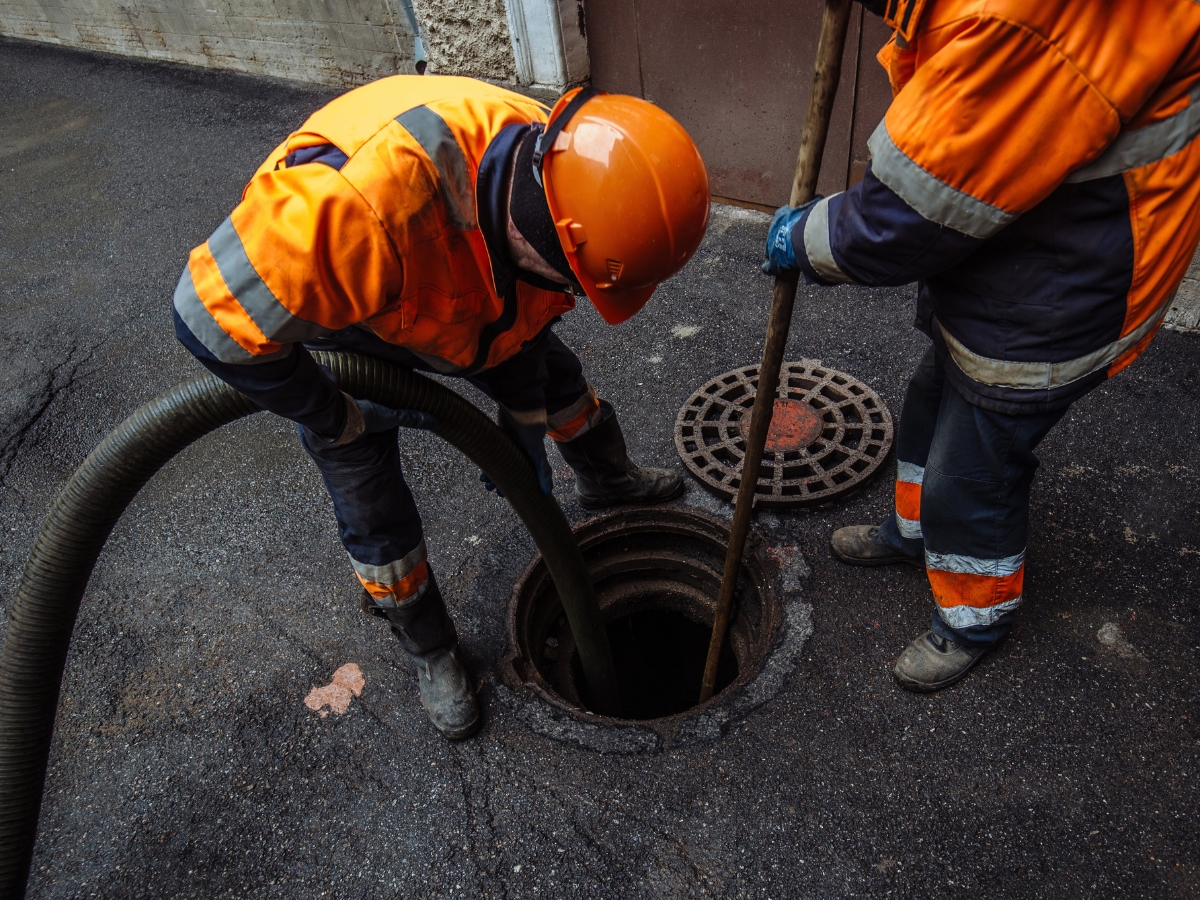If you own a home or are planning to buy one in Marietta, GA, understanding the septic system inspection process is essential. A thorough inspection not only ensures the system is functioning properly but can also prevent costly repairs down the road. From checking the tank and drain field to evaluating water flow and system age, this process gives homeowners a clear picture of their septic health. Whether it’s a routine check-up or part of a real estate transaction, knowing what to expect during a septic inspection can save you time, money, and stress in the long run.
Protect Your Property: A Look at the Septic System Inspection Process
Importance of Regular Septic System Inspections

For homes in Marietta, GA that use septic systems, regular septic system inspections are not just a good idea—they’re essential. The area’s soil conditions and climate can take a toll on underground systems faster than many homeowners expect. Getting your system checked every three years (or more often if you have a large household or a small tank) can catch problems early. Small issues like cracks, clogs, or worn-out components are easier and cheaper to fix before they become serious.
Routine inspections help you avoid unpleasant surprises like backups, slow drains, or foul odors. More importantly, they keep untreated wastewater from leaking into the ground and potentially contaminating local water sources. A well-maintained septic system protects not only your home but also the health of your family and your neighbors.
Regular checkups also play a big role when it comes time to sell your property. Buyers in Marietta often ask for proof that the septic system has been professionally inspected and maintained. Having a clean report can give you an edge in the market, speed up the closing process, and show that you’ve taken good care of your home. It may even help you avoid last-minute negotiations or costly repairs that could stall the sale.
Septic inspections usually include checking the tank levels, inspecting baffles and filters, and examining the drain field for signs of failure. Technicians can also spot signs of overuse or misuse, such as too much water entering the system or evidence of items that shouldn’t be flushed. These insights help you make small changes in how your household uses water, which can extend the life of the system.
In short, regular septic system inspections aren’t just about keeping things running smoothly. They’re about avoiding expensive fixes, protecting the environment, and maintaining your home’s value. For Marietta homeowners, making inspections part of your routine can offer long-term peace of mind and real savings down the line.
Signs That Indicate Your Septic System Needs Inspection
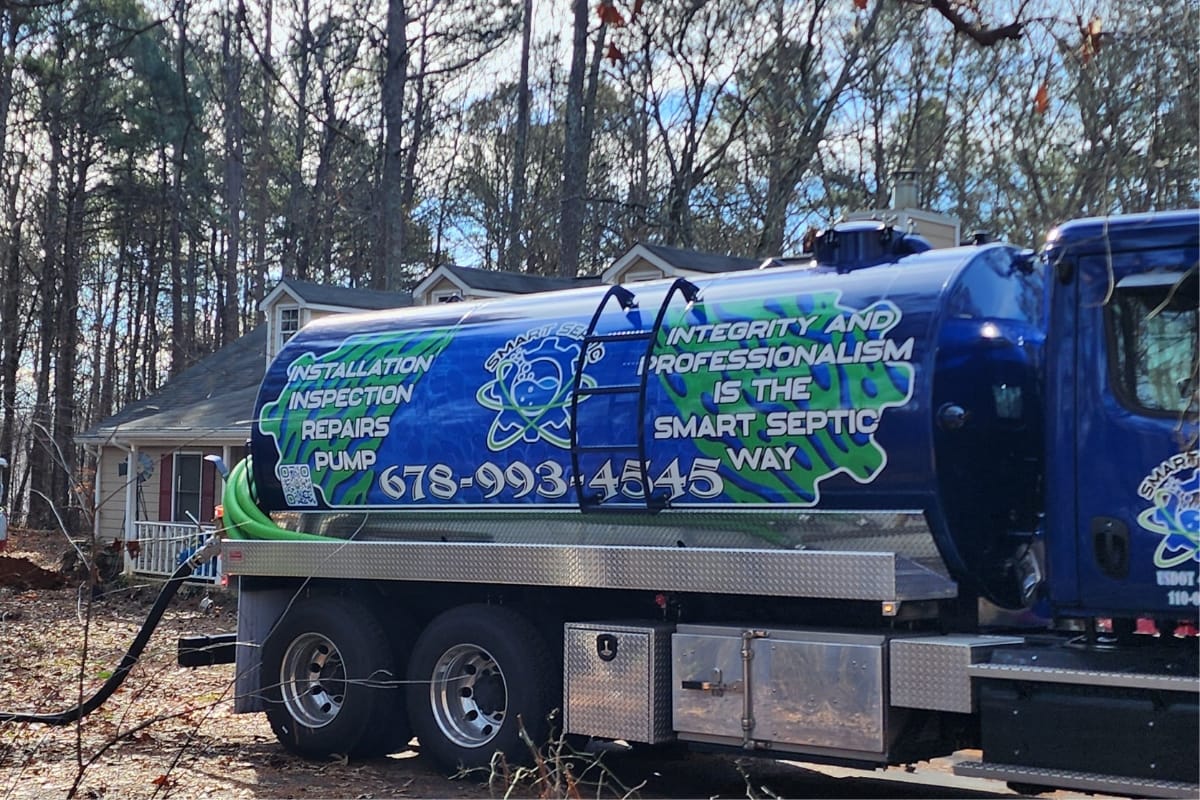
Knowing when to have your septic system checked can save you from bigger problems down the line. Many homeowners in Marietta overlook the early signs, thinking it’s just a clogged pipe or minor plumbing issue. But small symptoms often point to larger problems within the septic system that require a professional inspection.
One of the most common signs is slow drainage in sinks, bathtubs, or toilets. If plunging or using drain cleaners doesn’t fix the problem, the issue could be further down in the system. Gurgling noises coming from your pipes can also be a clue that your septic tank is full or that there’s a problem with the drainfield.
You might also notice damp or soggy spots in your yard, especially over the drainfield. These areas may feel spongy underfoot and can appear even in dry weather. If that patch of grass is greener and thicker than the rest of your yard, it could mean untreated wastewater is making its way to the surface. Foul odors outside or near your plumbing fixtures are another clear warning that something isn’t working as it should.
Marietta’s soil conditions, especially with high clay content, can make these issues worse. The soil doesn’t absorb water as quickly, which increases the risk of a saturated drainfield or backflow. During periods of heavy rain or high water usage, problems can escalate quickly.
If you experience any of these symptoms, don’t wait for a full system failure. A licensed technician can perform a detailed inspection to check tank levels, assess drainfield health, and look for signs of structural damage. Catching problems early helps you avoid major repairs and protects your property’s value.
Taking action at the first sign of trouble can save you thousands of dollars and prevent environmental damage. Scheduling a septic system inspection when warning signs appear is a smart step toward keeping your septic system running smoothly and safely. For Marietta homeowners, being proactive is key to avoiding major disruptions and unexpected repair bills.
Preparing Your Property for the Inspection
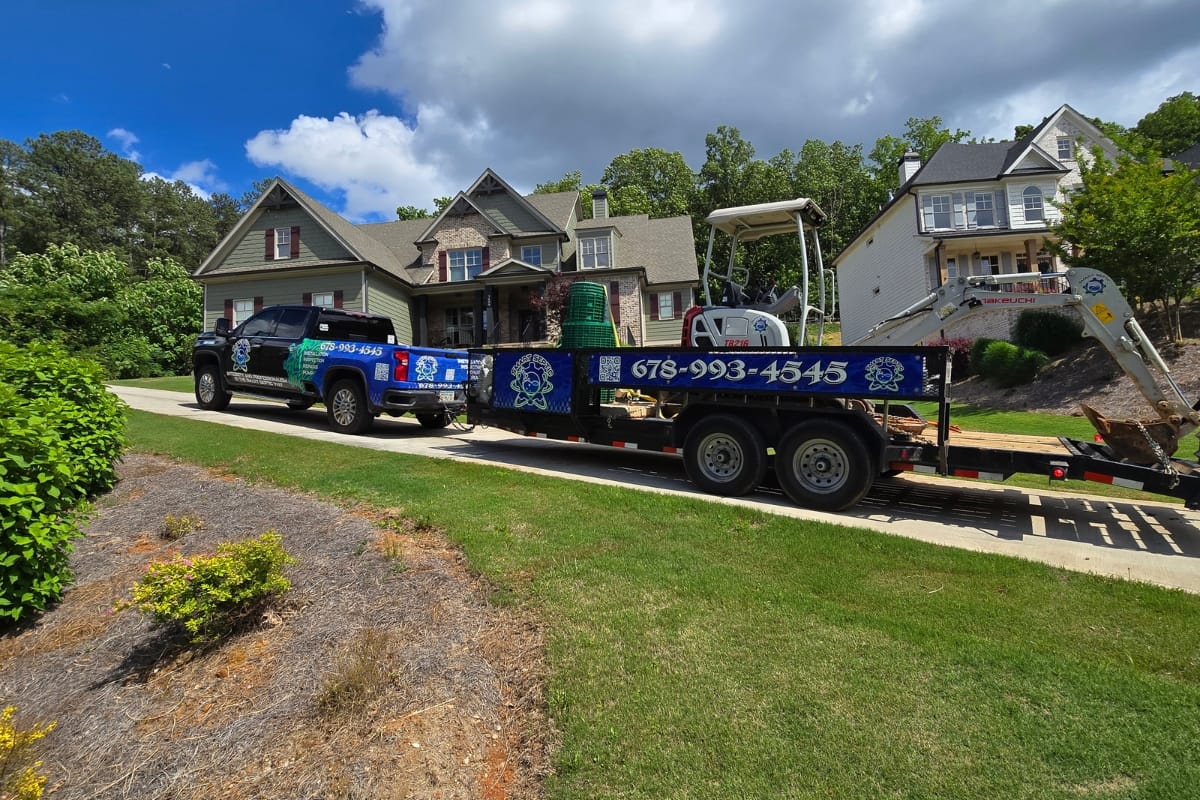
Getting your property ready for a septic system inspection helps the process go faster and ensures the technician can do a thorough job. A little planning on your part can save time and may even help avoid unnecessary damage to your yard.
Start by locating the key components of your septic system. This usually includes the tank access lids, distribution box, and any risers or vent pipes. If you’re unsure where these are, check your property records or look for any drawings that came with your home’s inspection or permit paperwork. You can also contact your local health department for guidance. Once identified, clear the area of overgrown plants, leaves, or anything else blocking access. If possible, mark the locations with small flags or stakes to help the technician find them quickly.
Avoid parking vehicles or placing heavy equipment on or near the septic tank and drain field. This protects the system from unnecessary stress and ensures it is safe to inspect. A clear workspace allows the inspector to examine all components without delay.
In the day or two leading up to the inspection, try to limit your household’s water use. This includes running the washing machine, dishwasher, or taking long showers. Reducing the amount of water going into the tank gives inspectors a better read on how your system is operating under normal conditions. It also helps them conduct dye tests or check water levels more accurately.
Have any past maintenance records ready to go. If you’ve had the tank pumped, repaired, or inspected before, those details are helpful. Previous reports can reveal patterns, like recurring clogs or slow drain issues, that may still be affecting the system.
Let the inspector know if you’ve recently added more people to the household or if you’ve changed how water is used in your home. These lifestyle shifts can impact how the system performs and what kind of wear and tear it’s experiencing. By preparing your property in these simple ways, you’ll make the inspection more efficient and give the technician all the information they need to give you a clear, accurate picture of your septic system’s condition.
External Inspection of the Septic System Components
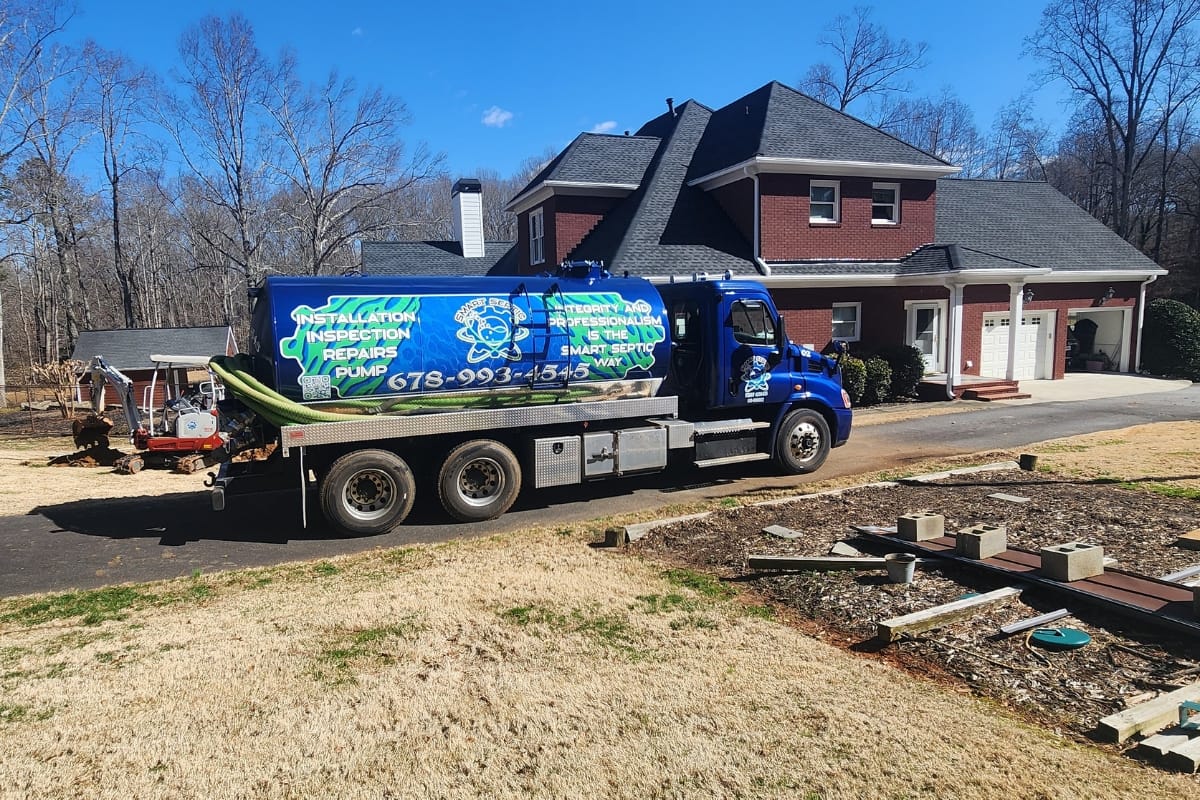
The external portion of a septic system inspection focuses on visible, above-ground components that can provide early clues about the system’s condition. A thorough inspection helps spot issues before they turn into expensive repairs.
The septic system inspection process usually begins around the septic tank itself. Inspectors check for sunken areas in the soil, which can suggest a leaking tank or settled ground. They also examine the tank lid and risers for cracks, gaps, or damage that could allow rainwater or debris to enter. A compromised seal can lead to backups or make it harder for the system to function properly.
Next, attention shifts to the distribution box. This component directs wastewater from the tank into different parts of the drainfield. It needs to be level and unobstructed for the system to function evenly. If the box is tilted or blocked, one part of the drainfield may become overloaded, which can lead to failure.
Inspectors then walk the drainfield, looking for unusual signs like soggy patches, standing water, or extra green grass. While a healthy drainfield might show subtle growth, obvious wet areas during dry weather can signal trouble. These conditions may indicate that wastewater isn’t being absorbed properly, either due to a full tank, clogged soil, or damage to the pipes.
Vent pipes and cleanouts are also checked during the external review. These are important for releasing gases and allowing air into the system, especially if the system depends on aerobic bacteria to break down waste. Missing or broken caps can lead to bad smells, inefficient treatment, or even safety hazards if not addressed.
While the external septic system inspection does not involve digging or opening the tank, it plays a vital role in spotting problems that may not yet be visible from inside the home. Surface issues are often the first signs of deeper trouble, and catching them early can prevent major damage. This step-by-step visual assessment gives the technician a baseline understanding of your system’s condition and helps determine whether a more in-depth internal inspection or maintenance is needed. It is a key part of keeping your septic system working efficiently and safely over time.
Internal Inspection of the Septic Tank
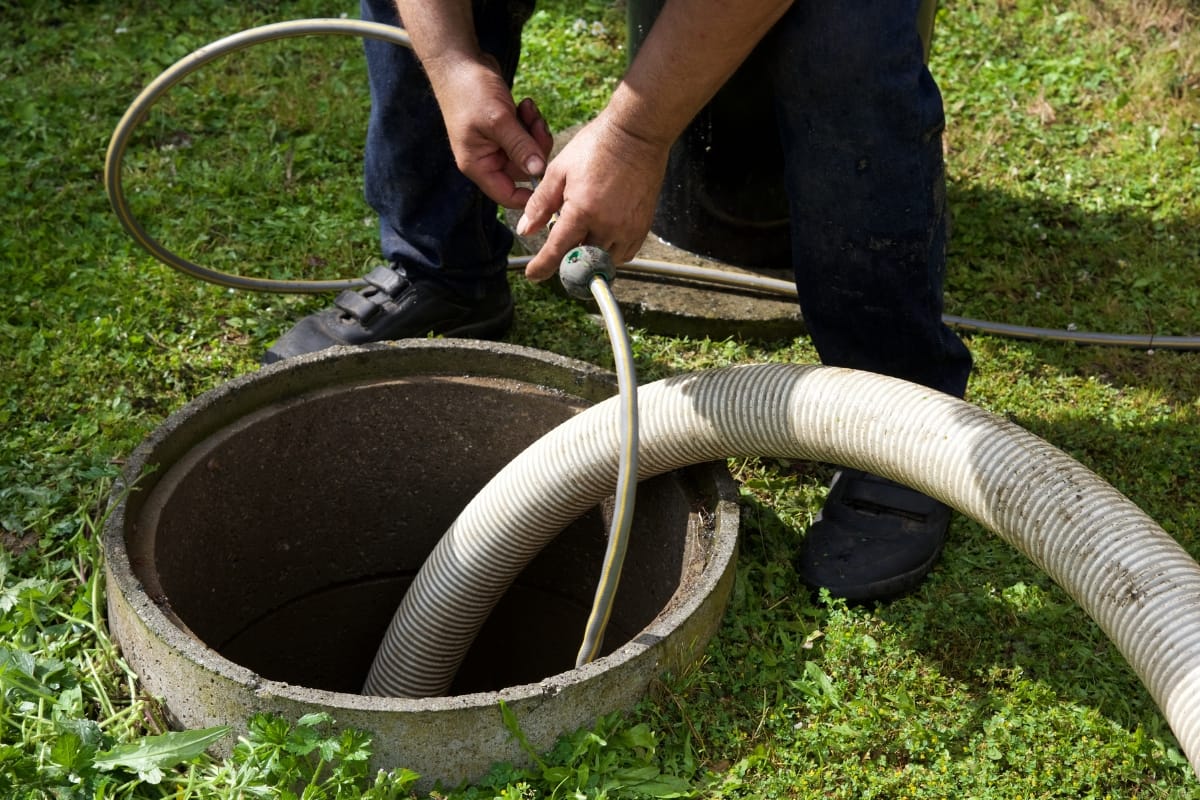
After completing the external check, the inspector opens the septic tank using the access riser or manhole. The internal inspection focuses on the system’s working components and buildup levels that cannot be seen from the surface. This part of the inspection is essential for understanding how well the system is functioning and whether it’s time for service.
One of the first tasks of the septic system inspection is measuring the thickness of the sludge and scum layers inside the tank. These layers form as waste separates—heavier solids settle at the bottom (sludge), while lighter materials float to the top (scum). Using a long probe, the inspector checks the depth of each layer in different spots across the tank. If the total buildup reaches or exceeds one-third of the tank’s liquid capacity, it’s time to schedule a pump-out. Letting the waste build up too much can reduce capacity and allow solids to reach the drainfield, which increases the risk of clogs and long-term damage.
The inspector also takes a close look at the inlet and outlet baffles or tees. These parts guide waste into and out of the tank while keeping solids in place. If baffles are damaged, misaligned, or missing, solids may escape into the drainfield, which can shorten the system’s lifespan. Cracks, rust, and root intrusion are also red flags that are documented for repair.
Some inspections include a water flow test. A controlled flush helps verify whether wastewater is moving properly from the home into the tank and out to the drainfield. If the flow is sluggish or water backs up, it could indicate a clog or other blockage that needs attention.
Internal tank inspections provide valuable information that isn’t visible during an external check. Combined with other findings, this helps create a full picture of your septic system’s health. Regular inspections not only prevent surprise breakdowns but also keep your system operating efficiently for years. For homeowners in areas like Marietta, where soil and weather can impact system performance, this kind of attention is especially important.
Testing the Functionality of the Drainfield
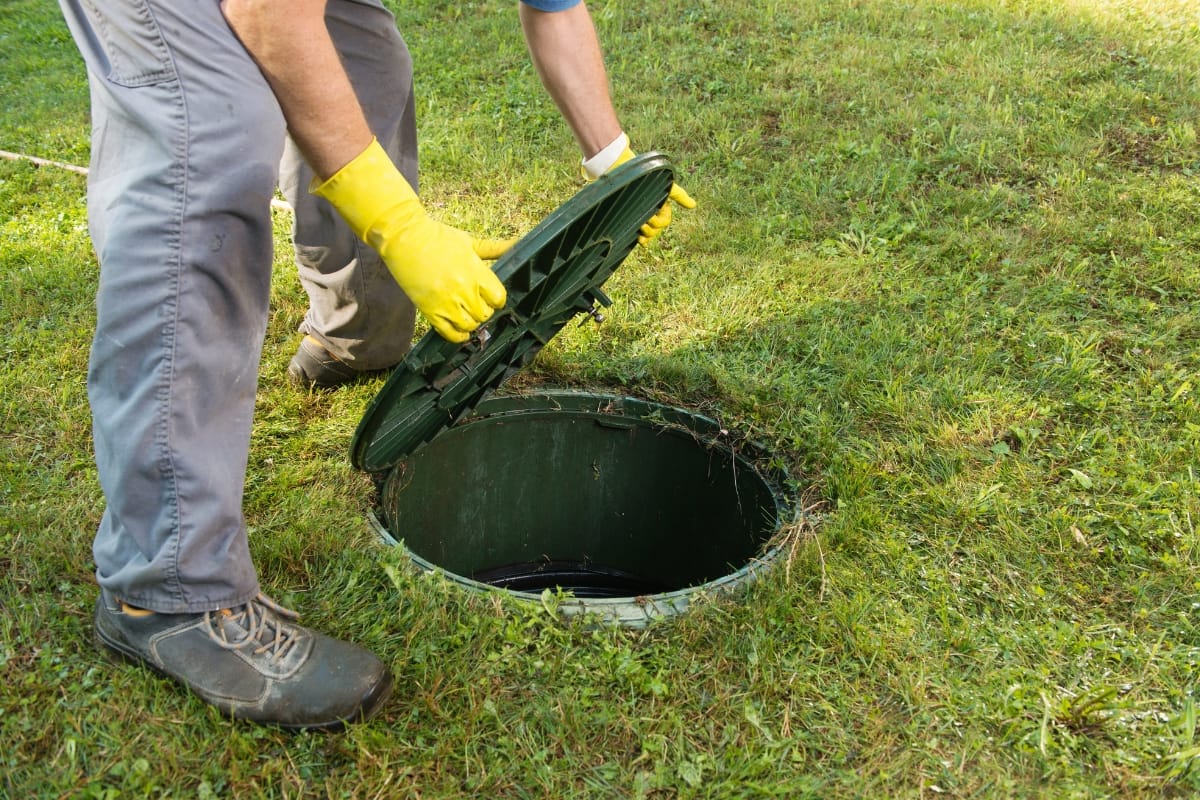
The drain field plays a key role in how your septic system works. It handles the final step of wastewater treatment by letting liquid slowly filter into the soil. During a professional septic system inspection, testing this area helps determine whether it’s doing its job or if there are hidden problems that could cause bigger issues later.
One way inspectors check the drain field is through a water-loading or percolation test. This involves sending a controlled amount of water into the system and watching how fast the soil absorbs it. If the water lingers too long or backs up, it could mean the soil is compacted, clogged with solids, or saturated due to a high water table. These issues slow down absorption and may eventually lead to wastewater surfacing in the yard. If problems are found, options like soil fracturing, rest periods, or installing a pump system may be considered to improve flow and relieve stress on the field.
Inspectors may also perform a dye test. They introduce a small amount of brightly colored, non-toxic dye into the septic system and check for its appearance at several points in the drainfield. If the dye doesn’t show up evenly across all distribution lines, this could be a sign of partial blockages, broken pipes, or unequal effluent flow. Fixing these problems may involve clearing lines or repairing damaged segments.
To get a sense of what’s happening below the surface, soil probes are used to check for signs of over-saturation. These tools help determine whether the trenches are too wet, which could mean the field is not draining as it should. Standing moisture in the trenches is a clear indicator that something isn’t right.
Together, these simple but effective tests give homeowners and inspectors a good sense of the drainfield’s condition. If issues are caught early, it’s often possible to make adjustments before the system suffers serious damage. Regular checks of the drainfield are especially important in areas with dense soil or heavy rainfall, like Marietta, where drainage challenges are more common. A well-functioning drainfield means fewer headaches down the line—and a healthier yard and home environment overall.
Assessing the Overall Health of the Septic System
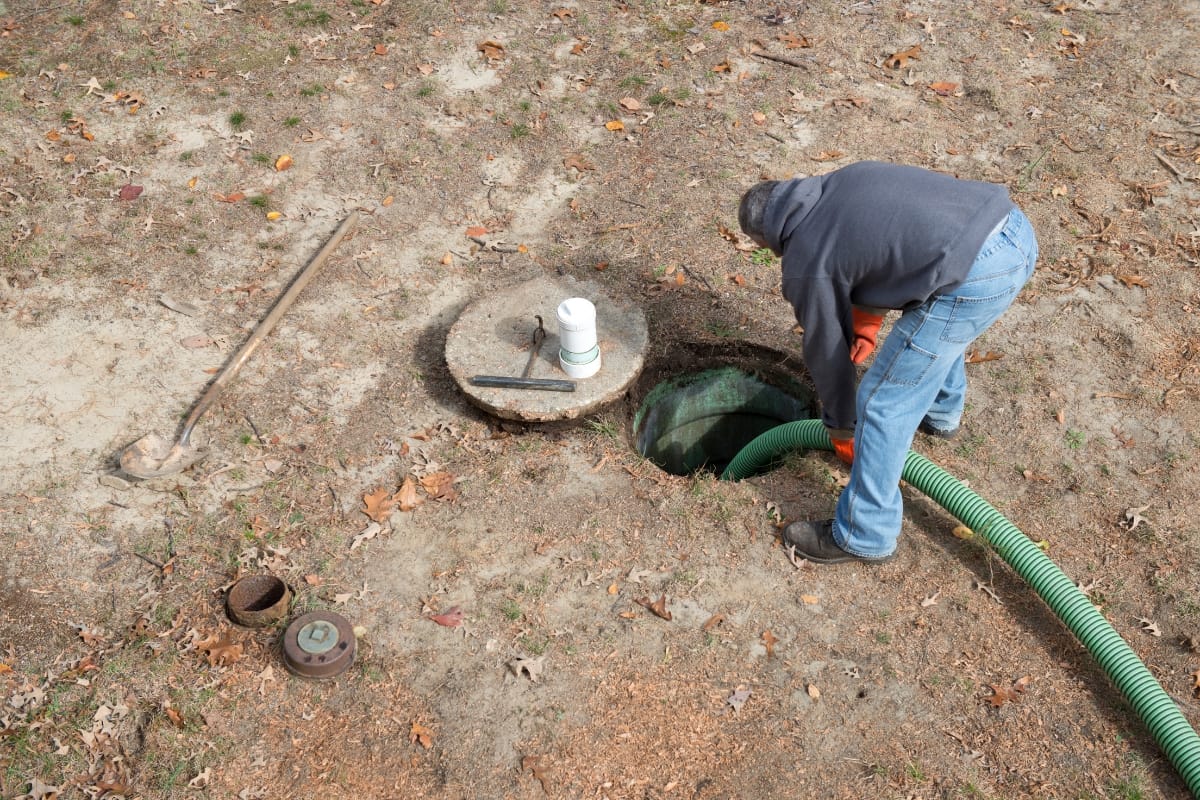
The final step in a septic system inspection is putting all the findings together to evaluate how well the system is working. After reviewing both internal and external components, the inspector looks at everything from tank sludge levels and drainfield performance to pump operation and flow rates. The goal is to figure out whether the system is working as it should or if certain parts are starting to fail.
Inspectors pay close attention to whether wastewater is moving through the system at a proper rate. If water is backing up or draining too slowly, that could signal a clogged filter, damaged baffle, or overloaded tank. Sludge and scum levels inside the tank are also reviewed. If the combined thickness takes up more than one-third of the tank’s depth, pumping is likely needed to prevent solids from reaching the drainfield.
In more advanced systems, the inspector will test alarm systems and pump controls to make sure everything is cycling properly. Float switches, which control pump activation based on water levels, are checked to confirm they trigger at the right time. If the system includes electrical components, those are inspected for corrosion or faulty connections.
Inspectors may also look at the overall quality of the effluent. While they may not run lab tests on-site, signs like strong odors or visible solids at the outlet suggest that the breakdown of waste inside the tank isn’t happening as it should. In those cases, the inspector might recommend improving bacterial activity by using biological additives or adjusting the pumping schedule.
Another important piece of the puzzle is how the soil in the drainfield is handling the load. If pooling water or soggy soil is present, the system may be overloaded or the drainfield may be starting to fail.
After reviewing all of this, the septic system inspection professional can provide a clear summary of the system’s condition. Homeowners receive advice on what needs fixing now and what should be monitored going forward. Regular inspections and timely action based on these findings can extend the life of your septic system and prevent costly emergency repairs down the line.
Understanding the Inspection Report
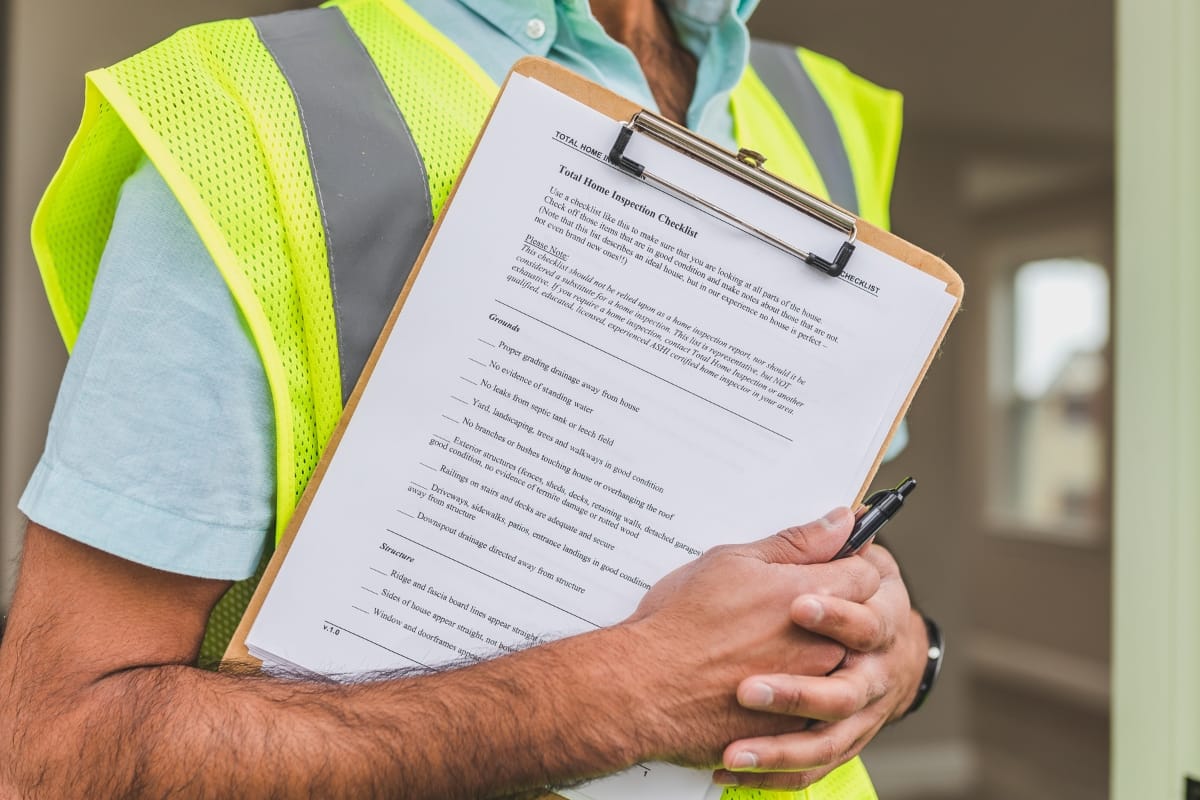
Once the septic system inspection is complete, you’ll receive a written report that outlines the condition of your septic system. This document may look technical, but it’s one of the most useful tools you’ll have for protecting your property. A well-prepared report breaks down what the inspector found and what you need to do next.
The report usually starts with a basic summary of the system’s current condition. It includes notes about the septic tank, drainfield, baffles, access lids, and any visible signs of damage or leakage. From there, it moves into more detailed information like the measured levels of sludge and scum, the results of any dye or flow tests, and whether the effluent is moving through the system properly.
Photos or diagrams are often included to show problem areas, such as cracks in the tank, pooling above the drainfield, or broken inlet/outlet connections. These visuals make it easier to understand where issues are happening and what they might mean for the system’s long-term health.
Most septic system inspection reports categorize findings by urgency. Items labeled as “critical” need immediate attention—such as a failing drainfield or a full tank that’s backing up into the home. “Recommended” items should be addressed within the next several months to prevent bigger problems. “Preventative” tasks are simple maintenance actions like scheduling regular pumping or trimming vegetation near the tank lid.
To help with planning, the report often includes rough cost estimates for repairs or replacements. This helps you budget for fixes without being caught off guard. Some inspectors also offer a suggested maintenance schedule, including how often your tank should be pumped based on household size and usage.
If you live in Marietta or similar areas where soil and weather can put extra stress on septic systems, understanding this report is especially important. It gives you a clear picture of what’s working, what’s wearing out, and what steps will help keep the system in good shape.
Taking the time to go over your inspection report carefully can save you a lot of stress and money down the line. It’s not just a document—it’s a plan for keeping your septic system running smoothly.
Conclusion: Next Steps After the Septic System Inspection
A thorough septic system inspection is crucial for maintaining your Marietta property’s health and avoiding costly repairs down the road. By understanding each step—from checking tank levels to evaluating drain field performance—you can ensure your system operates smoothly year-round. For reliable, professional septic inspections backed by years of local expertise, trust Smart Septic Pros. Call us at 678-993-4545 or visit our website to fill out the contact form and schedule your septic system inspection today. Let us help you protect your home and groundwater with confidence!
